Disclosure: This article contains affiliate links. We may earn a commission from purchases at no extra cost to you, which helps our travel content.
When I first stepped into Jakarta's bustling streets, the symphony of aromas hit me like a wave of pure sensory delight. Having explored sacred spaces and geometric patterns across continents, I've discovered that food markets often embody the same beautiful mathematical precision and cultural significance. Jakarta, Indonesia's pulsating capital, might seem overwhelming at first glance – a sprawling metropolis where tradition and modernity dance in constant tension. But beneath the chaos lies a culinary landscape so rich and diverse that it mirrors the very essence of Indonesia itself: a tapestry of cultures, flavors, and stories woven together across thousands of islands. As someone who believes mindfulness can be practiced through every sense, including taste, I'm excited to guide you through a week of budget-friendly food adventures that will nourish both body and soul. Grab your partner's hand – this culinary journey is best shared with someone you love.
Navigating Jakarta's Street Food Paradise
There's something deeply spiritual about street food. The way vendors create masterpieces with minimal tools, the geometric precision of their movements honed through decades of practice, the communal energy of strangers gathering to share in life's most fundamental pleasure. Jakarta's street food scene embodies this beautiful simplicity.
My first night in Jakarta, still jet-lagged but buzzing with excitement, I wandered into Kebon Sirih, a street food haven near Merdeka Square. Here, beneath simple canvas tents and plastic chairs, I discovered martabak manis – a sweet, thick pancake filled with chocolate, cheese, and condensed milk that defies categorization. The vendor's practiced hands folded the dough with mathematical precision, creating perfect golden squares that steam when cut open.
Nearby at Jalan Sabang (officially Jalan H. Agus Salim), food stalls line the street after dark. This is where I fell in love with sate ayam – chicken skewers grilled over charcoal, served with peanut sauce that balances sweet, spicy, and umami in perfect harmony. For less than $2, you'll get 10 skewers and enough rice to fill you up.
What surprised me most was how kerak telor – a spicy omelet made with glutinous rice and dried shrimp – connected me to Jakarta's history. This Betawi dish (from Jakarta's original inhabitants) dates back centuries, and watching street vendors prepare it using techniques passed through generations reminded me that food is our most direct connection to ancestral wisdom.
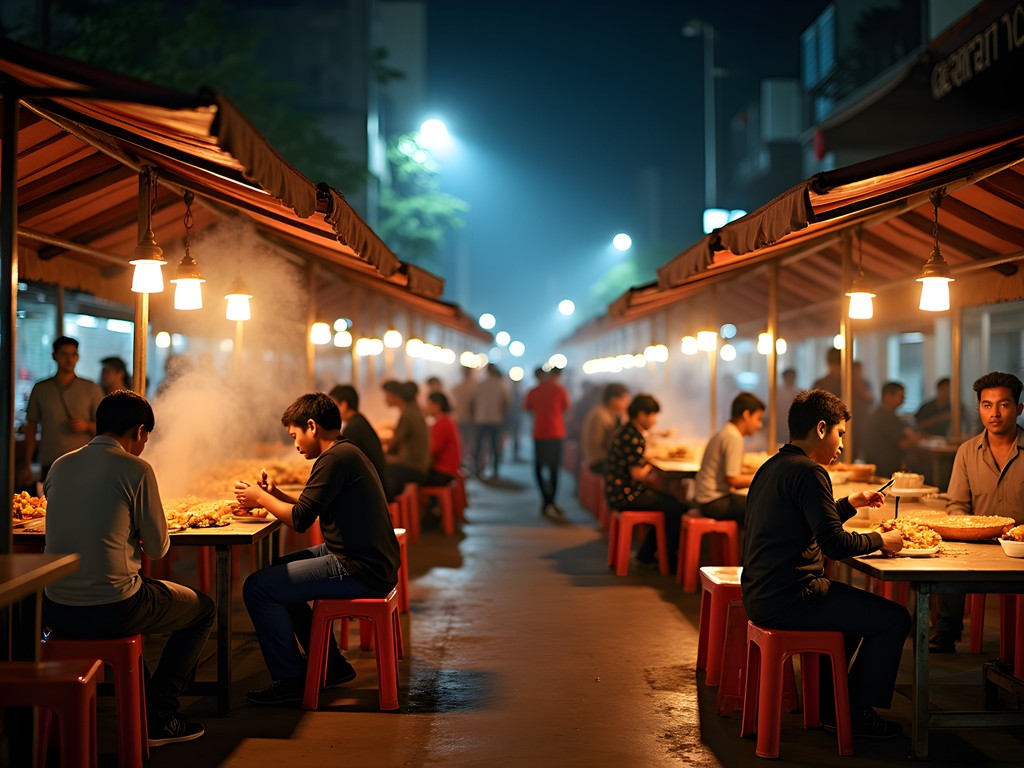
💡 Pro Tips
- Always look for stalls with locals queuing – it's the universal sign for good food
- Carry small bills (rupiah) for easier transactions with street vendors
- Learn basic food terms in Bahasa Indonesia – vendors appreciate the effort and might give you extra portions
Morning Rituals: Traditional Markets & Breakfast Delights
I've always believed that to truly understand a place, you need to experience its morning rhythm. In Jakarta, this means rising with the sun and heading to traditional markets like Pasar Mayestik or Pasar Santa. These markets represent the sacred geometry of daily life – the careful arrangement of produce, the symmetrical stacking of fruits, the circular gathering of community.
On my third morning in Jakarta, I arrived at Pasar Benhil just after 6 AM, armed with my trusty insulated water bottle (essential for staying hydrated in Jakarta's humidity without creating plastic waste). The market was already alive with activity – vendors arranging tropical fruits in rainbow patterns, fishmongers displaying the morning catch, and breakfast stalls serving steaming bowls of bubur ayam (chicken congee).
Breakfast in Jakarta is a serious affair. Beyond the ubiquitous nasi goreng (fried rice), seek out ketoprak – a beautiful dish of rice vermicelli, tofu, bean sprouts, and rice cake bathed in peanut sauce. At Ketoprak Ciragil in South Jakarta, I watched the vendor create this dish with such mindfulness that it became a meditation in itself. Each ingredient is prepared separately, then combined with geometric precision.
Don't miss kopi tubruk – Indonesian coffee prepared by pouring boiling water directly over coffee grounds. The ritual of waiting for the grounds to settle, then slowly sipping the intensely flavored brew, became my morning mindfulness practice. At Kopi Tak Kie in Jakarta's old town (a coffee shop operating since 1927), the historic atmosphere adds another dimension to this simple pleasure.
For couples, sharing these morning discoveries creates intimate connections that tourist attractions rarely provide. My friend Emma and I still laugh about how we accidentally ordered kopi luwak (civet coffee) without realizing its premium price – a budget splurge that was worth every rupiah for the story alone.
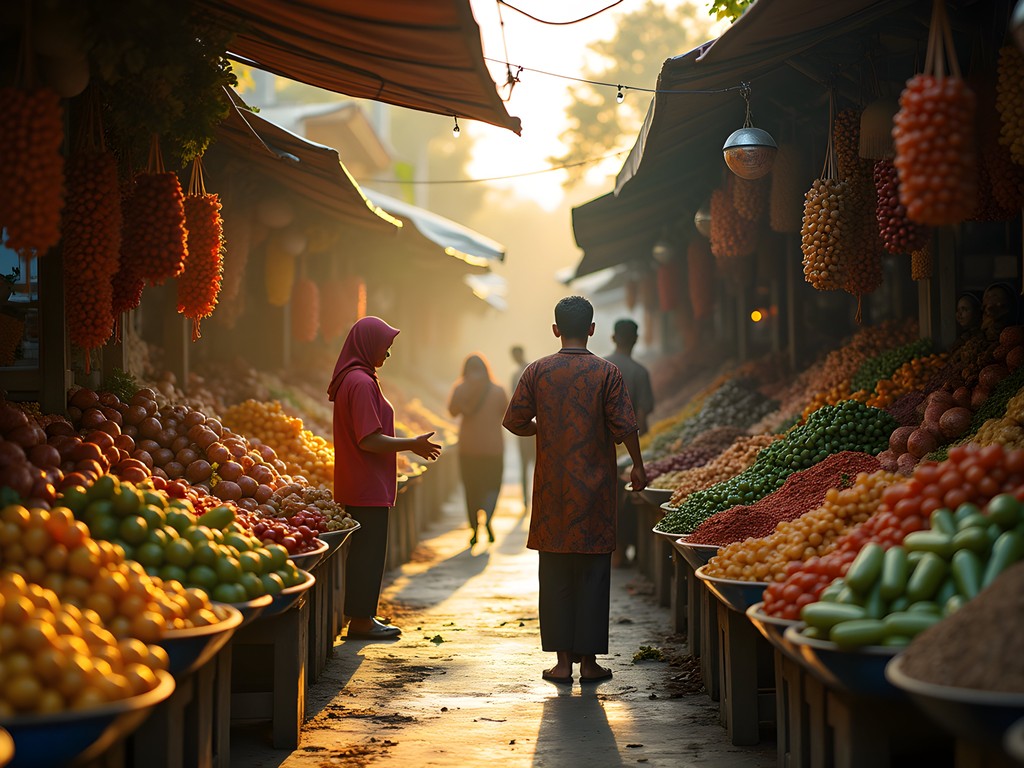
💡 Pro Tips
- Arrive at traditional markets before 8 AM for the freshest selection and to avoid the heat
- Bring small change and a reusable bag for market purchases
- Look for the elderly vendors – they often have the most authentic recipes passed down through generations
Budget Warungs & Local Eateries: Where Authenticity Thrives
In my travels across Asia, I've found that the most transformative food experiences rarely happen in restaurants with English menus. Jakarta proves this rule emphatically through its warungs – small family-owned eateries that serve home-style Indonesian cooking at prices that make budget travelers rejoice.
At Warung Ibu Lies in Menteng, I discovered the transcendent pleasure of proper rendang – beef slow-cooked for hours in coconut milk and spices until the liquid completely evaporates, leaving meat so tender and flavor-concentrated it borders on spiritual experience. At just 35,000 rupiah (about $2.25) for a full meal with rice and vegetables, it demonstrates how exceptional food doesn't require exceptional spending.
For couples on a budget adventure, these warungs offer the perfect balance of authenticity and affordability. My favorite discovery was Warung Sunda Ibu Haji Iyah in South Jakarta, where the nasi liwet (rice cooked in coconut milk with herbs) comes with an array of small side dishes – a feast for two under $10 total.
The beauty of Jakarta's local eateries lies in their specialization. Rather than trying to master everything, each warung perfects a specific dish or regional cuisine. Lapo Ni Tondongta serves Batak cuisine from North Sumatra, with arsik (spiced fish) that will make you question why this cuisine isn't world-famous. RM Padang Sederhana offers Padang cuisine's distinctive style of serving multiple small dishes at once – an edible mandala of flavors representing Indonesia's western regions.
When exploring these local spots, I always carry my pocket translator for moments when English menus aren't available. It's been a conversation starter with curious locals and has helped me discover dishes I would have otherwise missed. The mindful traveler accepts that communication barriers are part of the journey – sometimes the most memorable meals come from pointing at what looks good and trusting the process.
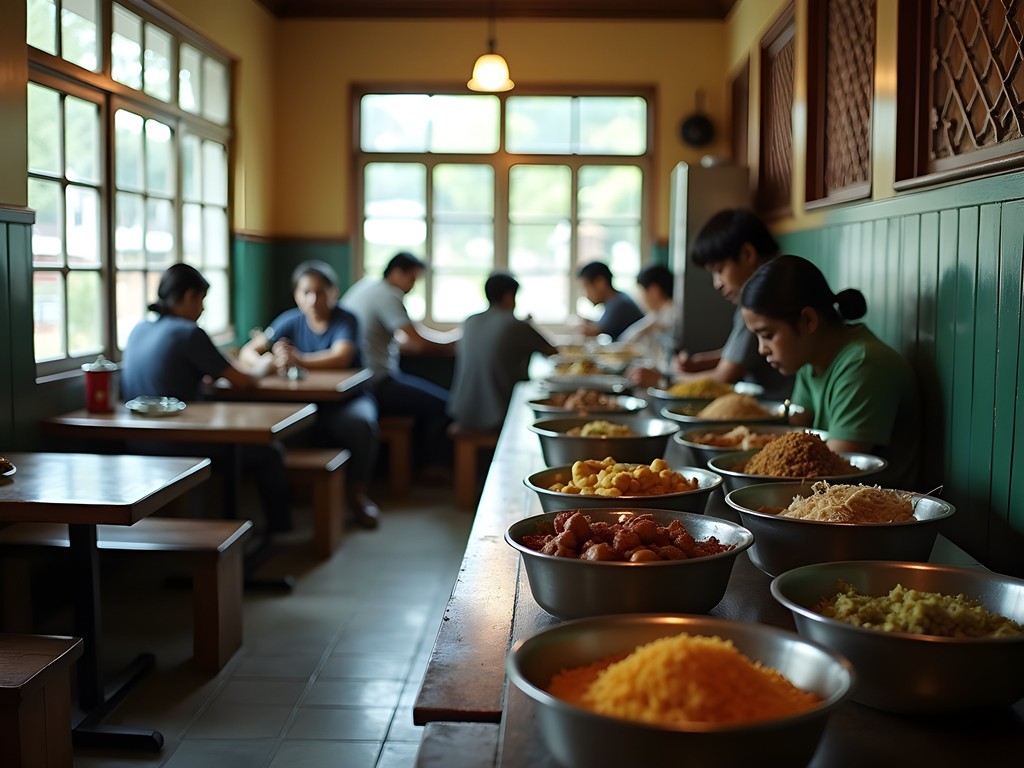
💡 Pro Tips
- Look for warungs with stainless steel containers displayed at the front – these 'nasi padang' style eateries let you choose exactly what you want
- Eat where the local office workers eat during lunch hour – these places offer the best value
- Don't be afraid of places with no English menu – use translation apps or simply point to what others are enjoying
Culinary Crossroads: Exploring Jakarta's Multicultural Flavors
What fascinates me most about Jakarta's food scene is how it serves as a living museum of cultural exchange. As someone raised in a multicultural household, I'm drawn to places where different traditions create something entirely new – and Jakarta delivers this in abundance.
In Glodok, Jakarta's historic Chinatown, centuries of Chinese-Indonesian fusion have created dishes like kwetiau goreng – stir-fried flat rice noodles that incorporate Chinese techniques with Indonesian spices. At Kwetiau Aciap, a hole-in-the-wall spot operating since the 1960s, the smoky wok hei flavor in their noodles demonstrates how cultural exchange creates culinary magic.
Nearby, Gloria Alley presents a dizzying array of street foods showing Chinese influence adapted to Indonesian palates. The bakmi (noodles) at Bakmi Aboen are handmade daily using techniques passed down through generations, served in a clear broth that appears simple but contains complex layers of flavor.
Jakarta's Arab Quarter around Pekojan reveals another dimension of Indonesia's diverse heritage. Here, restaurants like Hadramaut serve nasi kebuli – fragrant rice cooked with goat meat and Middle Eastern spices that arrived with traders centuries ago and evolved into something uniquely Indonesian.
For couples exploring Jakarta on a budget, these cultural crossroads offer affordable ways to experience multiple cuisines. My partner and I created our own food tour through Glodok for less than $15 total, sampling small portions from multiple vendors to experience the full spectrum of Chinese-Indonesian fusion.
To document these culinary adventures, I rely on my smartphone gimbal for capturing smooth video even in crowded markets. The geometric patterns in food presentation and architectural details in these historic neighborhoods deserve to be captured with stability and precision. Plus, having footage of these meals has allowed me to recreate some dishes back home in Sheffield – bringing a taste of Jakarta to rainy English evenings.
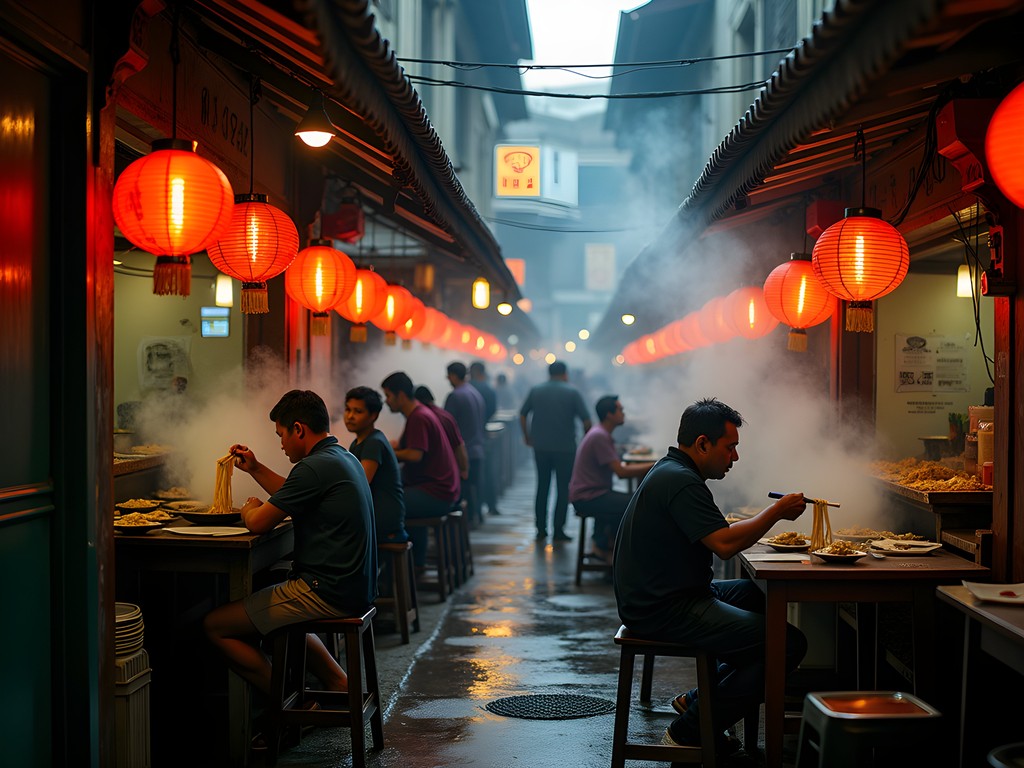
💡 Pro Tips
- Visit Glodok in the morning when bakeries are producing fresh treats like *kue ku* (Chinese-Indonesian tortoise cake)
- In the Arab Quarter, look for restaurants serving Indonesian-style *martabak* – a savory stuffed pancake different from the sweet version
- Many fusion restaurants close early – plan to have lunch rather than dinner in these historic districts
Sacred Sips: Coffee Culture & Mindful Drinking
As someone who sees mindfulness in everyday rituals, Jakarta's evolving coffee culture fascinates me. Indonesia – one of the world's top coffee producers – has traditions dating back centuries, now blending with modern third-wave approaches in ways that honor both innovation and heritage.
My mornings in Jakarta often began at Filosofi Kopi in Melawai, where traditional Indonesian beans are prepared using both ancient and contemporary methods. The geometric precision of pour-over preparation creates a moment of meditation – watching the concentric circles form as water meets grounds, releasing aromas that connect directly to Indonesia's volcanic soils.
For budget travelers, traditional kedai kopi (coffee shops) offer exceptional value. At places like Kopi Es Tak Kie in Jakarta's Old Town, established in 1927, a cup of traditional kopi tubruk costs less than $1. The ritual remains unchanged for nearly a century – coarsely ground beans steeped directly in boiling water, creating an intensely flavored experience that's both bitter and sweet.
Beyond coffee, Jakarta offers unique drinking experiences that won't break your budget. Jamu – traditional herbal medicine drinks – represents Indonesia's ancient wellness traditions. At Suwe Ora Jamu in Gandaria, beautiful concoctions of turmeric, ginger, tamarind and other healing ingredients are served in an atmosphere that honors these centuries-old recipes. My favorite, kunyit asam (tamarind and turmeric), costs around 25,000 rupiah ($1.60) and provides both refreshment and anti-inflammatory benefits perfect after a day of walking.
For couples seeking evening refreshment, Jakarta's es (iced) culture offers delightful shared experiences. At Es Selendang Mayang, rainbow-colored coconut jellies and fruits swim in coconut milk and palm sugar syrup – a dessert-like drink that's both visually stunning and deeply satisfying. These traditional iced treats rarely cost more than 20,000 rupiah ($1.30) yet provide both cultural connection and relief from Jakarta's heat.
I carry my collapsible coffee cup everywhere in Jakarta – it's perfect for street coffee vendors and helps reduce single-use plastic waste. The geometric engineering that allows it to collapse when empty appeals to my fascination with functional design, while the sustainable approach honors Indonesia's natural beauty that's increasingly threatened by plastic pollution.
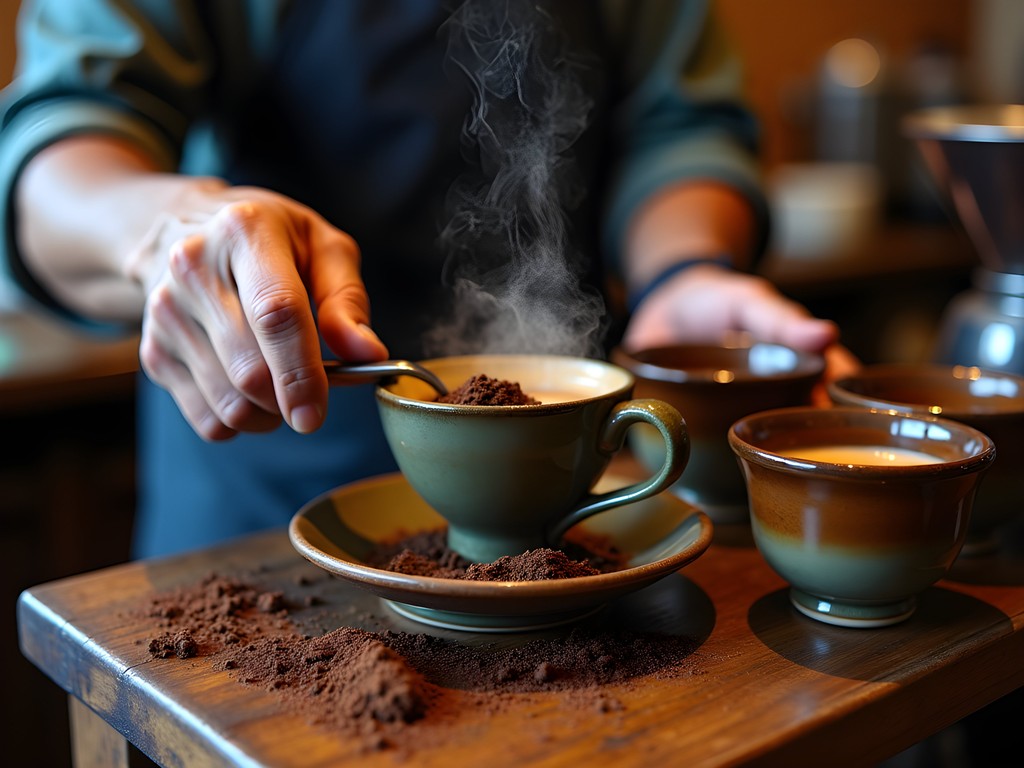
💡 Pro Tips
- Try 'kopi luwak' once for the experience if your budget allows, but regular Indonesian beans offer better value and more ethical consumption
- Visit coffee shops during mid-morning (10-11 AM) to avoid crowds and have time to chat with baristas about their beans
- When ordering jamu, start with kunyit asam (turmeric-tamarind) if you're new to herbal drinks – it's the most accessible flavor profile
Final Thoughts
As I boarded my flight leaving Jakarta, my senses still hummed with the symphony of flavors I'd experienced. This city – often overlooked by travelers rushing to Bali's beaches – had revealed itself as Indonesia's true culinary heart, a place where food tells stories of migration, colonization, independence, and innovation. What struck me most wasn't just the diversity of dishes, but how food creates geometric connections between people across cultural boundaries. In warungs and markets, I witnessed the sacred geometry of community forming around shared tables and flavors. For couples traveling on a budget, Jakarta offers something precious: authentic experiences that deepen your connection not just to Indonesia, but to each other. When you share a plate of nasi campur or laugh together over the challenge of eating bakso with chopsticks, you're creating memories more valuable than any luxury experience. I invite you to approach Jakarta with an open heart and hungry spirit – let the city's culinary secrets transform your understanding of Indonesia, one mindful bite at a time.
✨ Key Takeaways
- Jakarta's street food scene offers the most authentic flavors at budget-friendly prices
- Traditional markets provide insight into Indonesian daily life and culinary traditions
- Family-run warungs deliver the best value and most genuine local cooking
- The city's multicultural neighborhoods showcase Indonesia's diverse culinary heritage
📋 Practical Information
Best Time to Visit
year-round (dry season May-September offers more comfortable exploration)
Budget Estimate
$30-50 per day for food (for two people)
Recommended Duration
5-7 days
Difficulty Level
Beginner
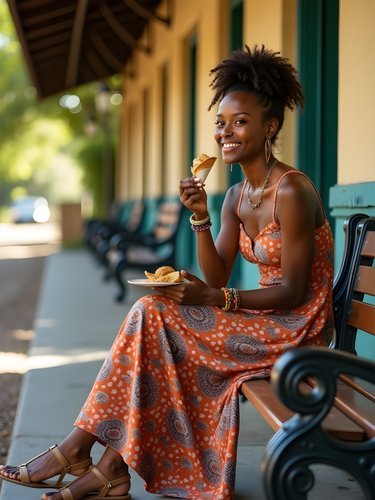
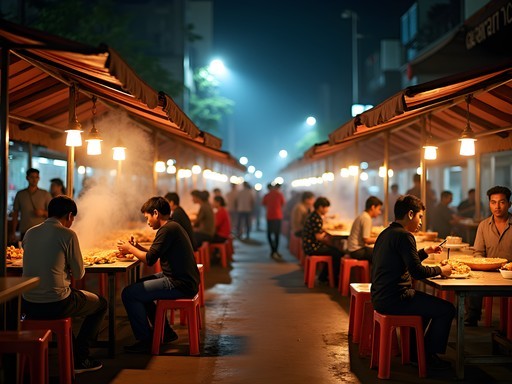

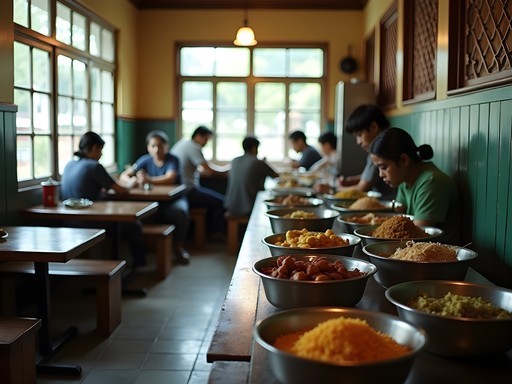

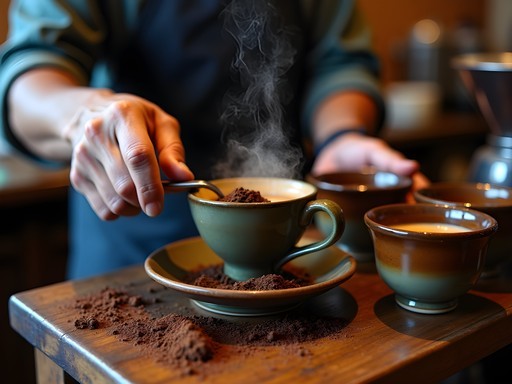


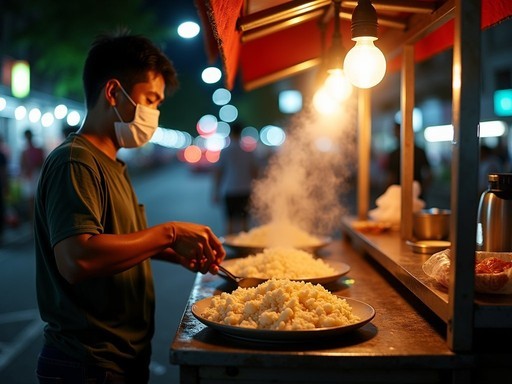
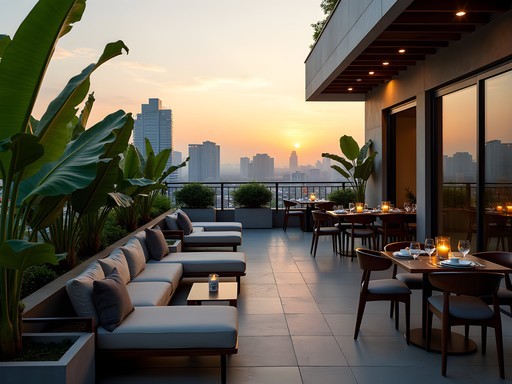
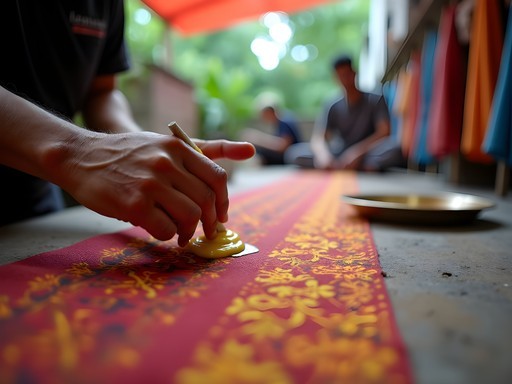
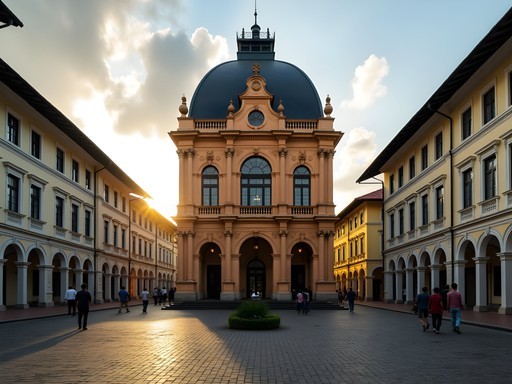




Comments
Douglas Bradley
Leah, this is exactly the kind of deep dive into local food culture that travel writing needs more of. Your analysis of how Jakarta's diverse cultural influences manifest in its cuisine is spot-on. I spent three months documenting food traditions across Indonesia last year, and Jakarta was endlessly fascinating as the crossroads of it all. One thing I'd add for readers: don't miss the Peranakan Chinese-Indonesian fusion dishes - the laksa at Gang Gloria is extraordinary. Also worth noting how regional foods from across the archipelago converge in Jakarta - you can essentially taste all of Indonesia without leaving the city. The culinary geography alone tells the story of centuries of migration and cultural exchange.
Leah Moreau
Thanks Douglas! I completely agree about the Peranakan influence - such a fascinating culinary tradition. Gang Gloria was on my list but I ran out of time! Next visit for sure.
moonlover
Adding Jakarta to my food bucket list immediately! Those nasi padang photos... wow!
bluebuddy
Jakarta's food scene is criminally underrated! I've been twice and always discover something new. Your section on the multicultural influences really resonated - I stumbled upon this tiny place serving Manadonese food that blew my mind with its bold spices. The Chinese-Indonesian fusion spots are fantastic too. Did you get a chance to try any of the modern cafes? There's this whole third-wave coffee movement happening there now with local beans.
moonlover
Yes! The coffee scene there is amazing now. Had some incredible Sumatran beans at this tiny place in Kemang.
Leah Moreau
I briefly touched on it, but you're right - the coffee culture deserves its own post! Those Toraja beans were life-changing.
coffeebuddy
Those martabak photos are making me hungry! 😍
Casey Andersson
Your post perfectly captures the sensory explosion that is Jakarta's food scene! I was there for a luxury hotel review last spring and escaped every chance I got to explore the street food. Found this incredible satay vendor near Menteng that grilled the most succulent goat satay I've ever tasted. The contrast between the high-end restaurants and humble warungs is what makes Jakarta so special. I always tell people - skip the hotel breakfast and hit the streets! Though I did carry my pocket phrasebook everywhere which saved me countless times when ordering. Did you find many vendors who spoke English?
roamseeker4098
I'm heading to Jakarta next month for the first time! Which traditional market would you recommend for a first-timer who wants authentic food but doesn't speak any Indonesian?
Leah Moreau
Definitely try Pasar Santa! It's a bit more foreigner-friendly but still authentic. Bring Google Translate and a sense of adventure - most vendors are super patient with pointing and smiling!
sunsetstar3842
This post brought back so many memories! I spent two weeks in Jakarta last year and the food was definitely the highlight. Those morning market visits were magical - I still dream about bubur ayam for breakfast. Did you try any of the Betawi dishes? Kerak telor became my obsession while I was there!
Leah Moreau
Yes! Kerak telor was amazing - that crispy rice omelette with the coconut and dried shrimp combo is unforgettable. I mentioned it briefly in the street food section but could honestly write a whole post just about Betawi cuisine!
sunsetstar3842
That would be an awesome follow-up post! The Betawi dishes deserve their own spotlight.
coffeewanderer
Your description of Jakarta's kopi tubruk has me drooling! 😍 I'm a coffee obsessive and now I NEED to try this. Those photos of the steam rising from the cups... pure art! Adding Jakarta to my must-visit list immediately!
photoguide
You won't regret it @coffeewanderer! The coffee culture there is incredible. Try to find the small stalls that roast their own beans - totally different experience than anything in the West!
coffeewanderer
Thanks for the tip! Any specific neighborhoods you'd recommend for the best coffee spots?
photoguide
Check out Pasar Santa area and Kemang - both have amazing third-wave coffee shops alongside traditional kopi spots. Best of both worlds!
journeyadventurer
Just got back from Jakarta and wish I'd seen this post before going! The warungs were amazing but I definitely missed some of these hidden gems. That said, I stumbled upon this incredible place serving rendang that changed my life. Anyone heading there should definitely explore beyond the main tourist areas - the best food is where the locals eat!
Savannah Torres
This post couldn't have come at a better time! We just booked our family trip to Indonesia for next spring, and I've been worried about finding food options my kids will actually eat. Your section on the 'multicultural flavors' gave me hope - I think my picky 8-year-old might actually try those colorful es campur desserts you described! Last time we traveled to Southeast Asia, I brought our food guide which helped tremendously, but your specific Jakarta recommendations are gold. Did you find it easy to explain dietary restrictions with the language barrier? My youngest has a peanut allergy we're concerned about.
Leah Moreau
Hi Savannah! Kids will definitely love es campur and es cendol - they're like dessert adventures in a glass! For allergies, I recommend getting a food allergy translation card in Bahasa Indonesia. Many vendors don't speak English, and peanuts (kacang) are common in Indonesian cooking. Most upscale restaurants can accommodate allergies, but street food is trickier. Feel free to DM me if you need specific family-friendly restaurant recommendations!
Venture X
Premium card with 2X miles, $300 travel credit, Priority Pass